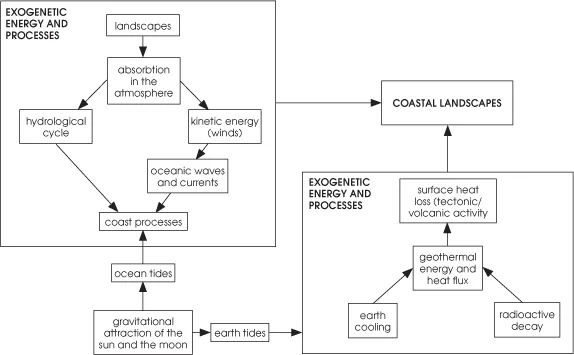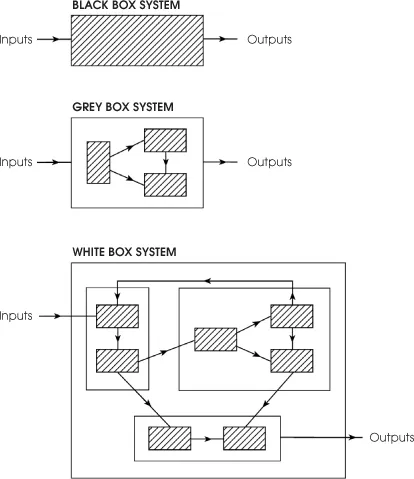
Coastal Systems
Simon K. Haslett
- 240 Seiten
- English
- ePUB (handyfreundlich)
- Über iOS und Android verfügbar
Coastal Systems
Simon K. Haslett
Über dieses Buch
Coastal Systems offers a concise introduction to the processes, landforms, ecosystems and management of this important global environment. Each chapter is illustrated and furnished with topical case studies from around the world. Introductory chapters establish the importance of coasts, and explain how they are studied within a systems framework; subsequent chapters explore the role of waves, tides, rivers and sea-level change in coastal evolution.
Students will benefit from summary points, themed boxes, engaging discussion questions and graded annotated guides to further reading at the end of each chapter. Additionally, a comprehensive glossary of technical terms, a new list of associated videos made by the author, and an extensive bibliography are provided. The comprehensive balance of illustrations and academic thought provides a well balanced view between the role of coastal catastrophes and gradual processes, also examining the impact humans and society have and continue to have on the coastal environment.
Häufig gestellte Fragen
Information
- the definition of the coast from scientific, planning and management standpoints
- the sources of energy that drive coastal processes
- the architecture and working of coastal systems, introducing concepts of equilibrium and feedbacks
- an introduction to coastal classifications, with an emphasis on broad-scale geological and tectonic controls
- a discussion of the complexities of terminology used in studying coastal systems
- The first category of processes is known as the endogenetic processes, so-called because their origin is from within the earth. Endogenetic processes are driven by geothermal energy which emanates from the earth’s interior as a product of the general cooling of the earth from its originally hot state, and from radioactive material, which produces heat when it decays. The flux of geothermal energy from the earth’s interior to the surface is responsible for driving continental drift and is the energy source in the plate tectonics theory. Its influence on the earth’s surface, and the coast is no exception, is to generally raise relief, which is to generally elevate the land.
 Figure 1.1 Endogenetic and exogenetic energy and processes and their contribution to the development of coastal landscapes.
Figure 1.1 Endogenetic and exogenetic energy and processes and their contribution to the development of coastal landscapes. - The second category of processes is known as exogenetic processes, which are those processes that operate at the earth’s surface. These processes are driven by solar energy. Solar radiation heats the earth’s surface which creates wind, which in turn creates waves. It also drives the hydrological cycle, which is a major cycle in the evolution of all landscapes, and describes the transfer of water between natural stores, such as the ocean. It is in the transfer of this water that rain falls and rivers flow, producing important coastal environments, such as estuaries and deltas. The general effect of exogenetic processes is to erode the land, such as erosion by wind, waves and running water, and so these processes generally reduce relief (however, sand dunes are an exception to this rule, being built up by exogenetic processes).
- Morphological systems – this approach describes systems not in terms of the dynamic relationships between the components, but simply refers to the morphological expression of the relationships. For example, the slope angle of a coastal cliff may be related to rock type, rock structure, cliff height, and so on.
 Figure 1.2 Types of systems. Source: Briggs et al. (1997: 5, fig. 1.6).
Figure 1.2 Types of systems. Source: Briggs et al. (1997: 5, fig. 1.6). - Cascading systems – this type of system explicitly refers to the flow or cascade of energy and matter. This is well exemplified by the movement of sediment through the coastal system, perhaps sourced from an eroding cliff, supplied to a beach, and then subsequently blown into coastal sand dunes.
- Process-response systems – this combines both morphological and cascading systems approaches, stating that morphology is a product of the processes operating in the system. These processes are themselves driven by energy and matter, and this is perhaps the most meaningful way to deal with coastal systems. A good example is the retreat of coastal cliffs ...